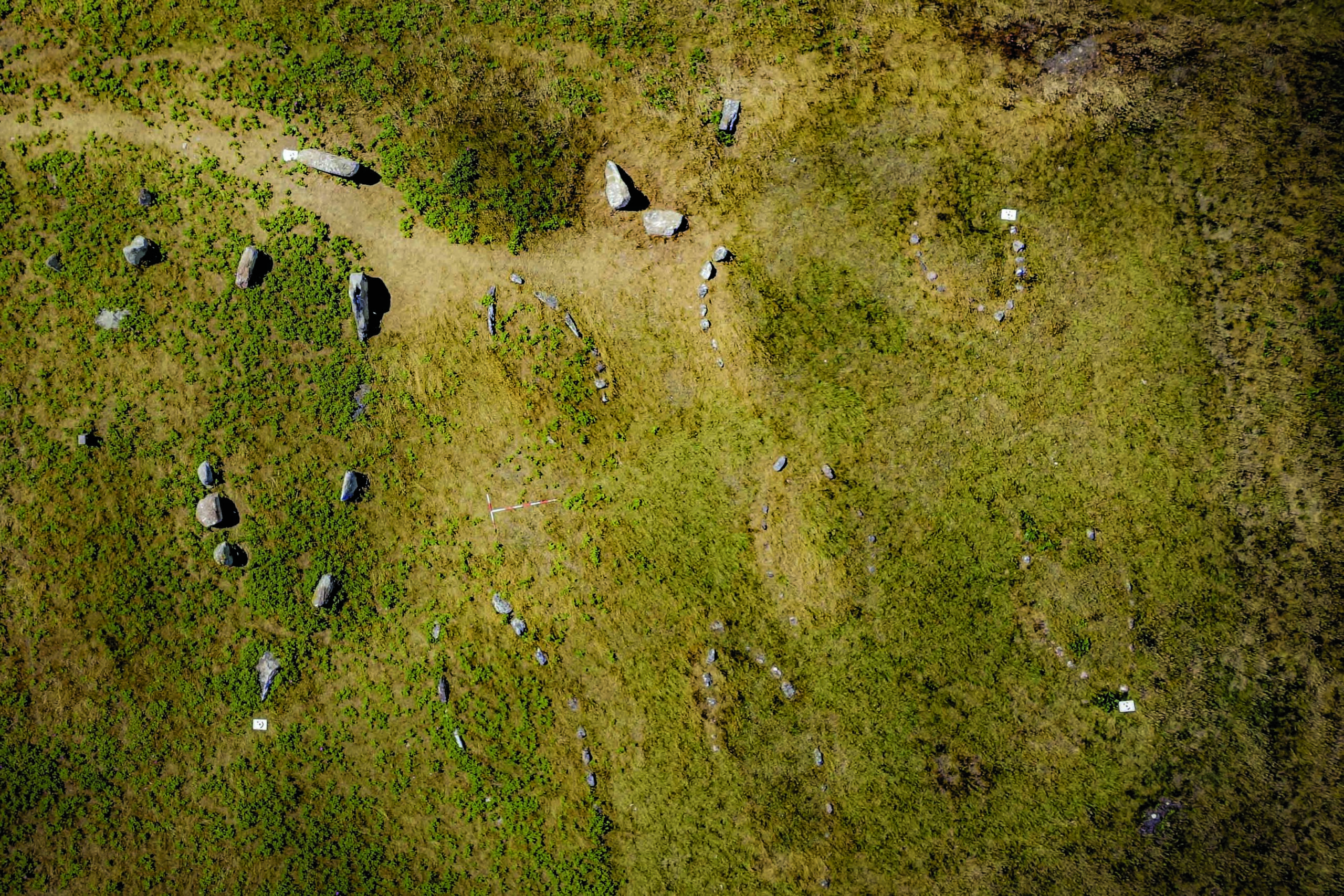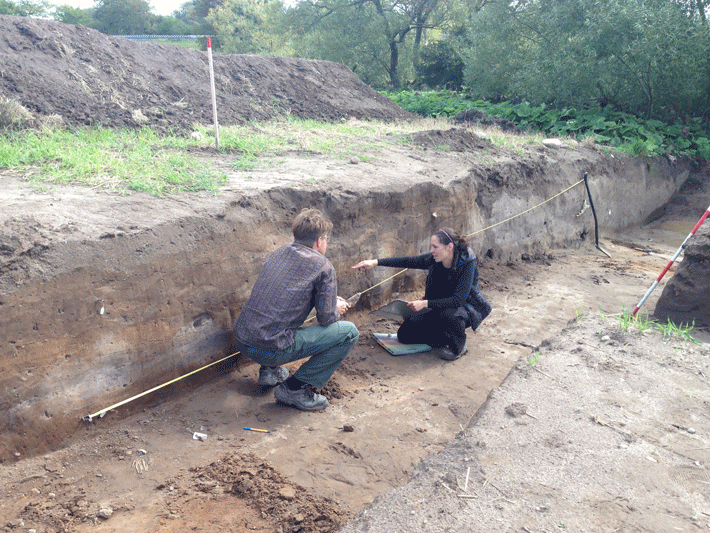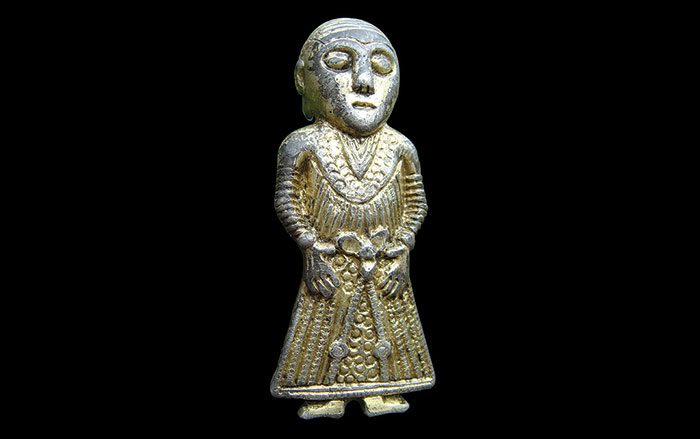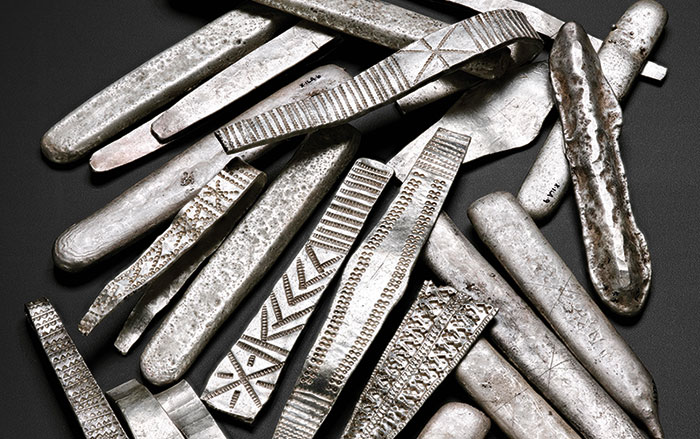
COPENHAGEN, DENMARK—A new study of animal furs recovered from tenth-century elite graves in Denmark indicates that the Vikings regarded beaver fur as a symbol of wealth and status, according to a statement released by the Public Library of Science. Although written sources emphasize that fur was an important trade item during the Viking Age, remnants of animal hides rarely survive in the archaeological record. Archaeologist Luise Ørsted Brandt of the University of Copenhagen and her colleagues analyzed proteins extracted from animal furs found in six burials. Some of the accessories and furnishings from these graves were produced from the hides of local domesticated animals. On items of clothing, they identified furs from wild beavers, squirrels, and weasels. Because beavers are not native to Denmark, the researchers suggest that their furs would have been luxury commodities procured through trade. Read the original scholarly article about this research in PLOS ONE. To read about a study of ceramic molds unearthed in Denmark used to make bronze figurines of female Vikings clad in armor, go to "Viking Roles."











